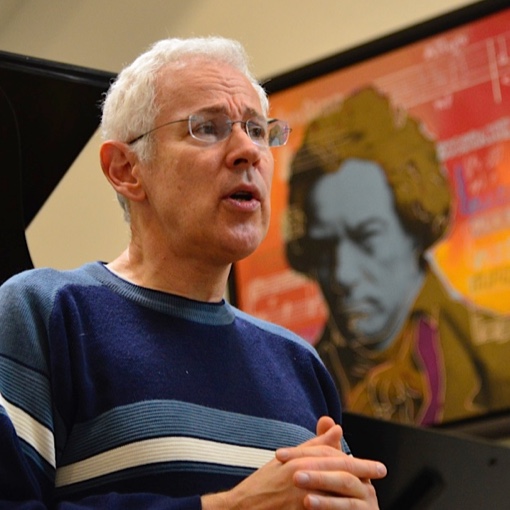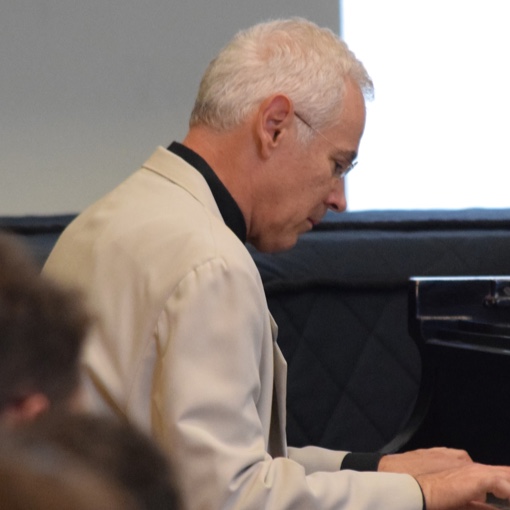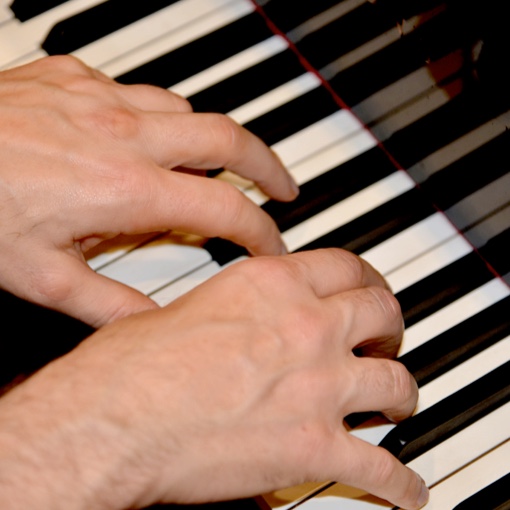My Personal Experience With Injury
I am astounded by how much people use their hands today, especially in regards to technology: it is not uncommon for someone to log many hours of “hand-use time” a day on computers, texting, etc. Twenty years ago this was certainly not the case.
For anyone who adds serious piano practice/playing to the mix, it is vital that the time they spend at the instrument is done in the most physically efficient way possible, enabling them to maximize their musical and technical achievements, as well as to prevent injury down the road. Anyone who works with me can rest assured that I will be highly attentive to their physical/technical issues in addition to musical musical concerns, as these are inseparably connected.
Given my past, I take this issue very, very seriously.
In 2006, my body took me to the mat. I developed a severe overuse injury in my right elbow and forearm tendons, which led to an inability to perform for almost two years. Every musician’s nightmare became my reality.
I’d flirted with injury for much of my career. It usually meant resting for a week or two once a problem showed up, taking it easy as I resumed practice – and then I was back on the horse. But always with the awareness that I could get thrown off again if I wasn’t careful.



